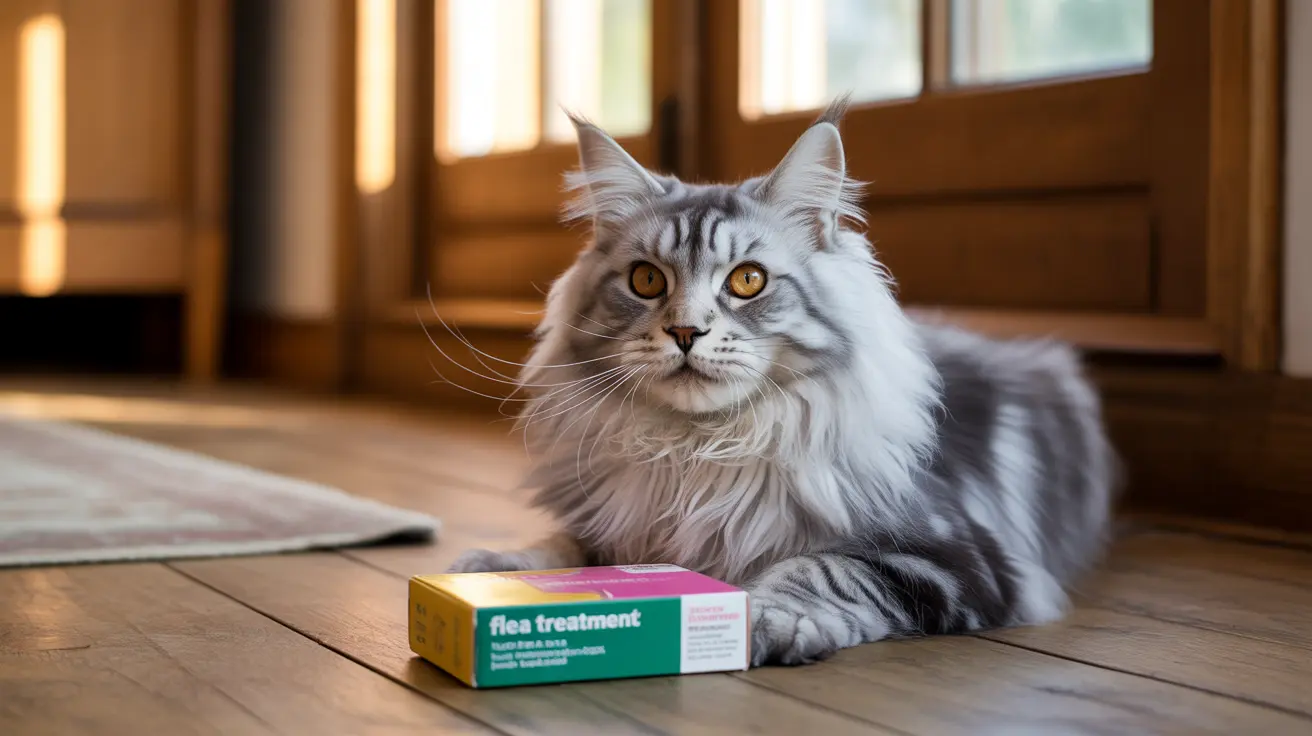Should You Cover Your Dog’s Crate with a Blanket?
Many dog owners wonder if placing a blanket over a crate is beneficial for their furry friend. The simple answer is:
yes, it can be helpful. Creating a cozy, den-like environment by draping a blanket over a crate often enhances a dog’s sense of security and comfort. This article dives into the benefits, best practices, and precautions associated with covering a dog crate.
Why Do Dogs Like Covered Crates?
Dogs are den animals by nature. In the wild, they seek out quiet, confined spaces to rest—a behavior carried over to domestic life. A crate acts as a modern-day den, and
covering it with a blanket can amplify this effect by reducing light, noise, and visual distractions. This can lead to improved relaxation and better sleep for your pet.
Benefits of Using a Blanket Over a Dog Crate
- Enhanced Security: Covered crates often feel safer to dogs, helping to settle anxious or excitable pets.
- Reduced Stimulation: It blocks out excess light and erratic movements that may otherwise keep your dog alert or agitated.
- Improved Sleep: Dogs may rest more soundly with fewer disturbances.
- Noise Dampening: The blanket can soften surrounding sounds, helpful in noisy households or during storms and fireworks.
Best Practices for Covering a Dog Crate
To ensure your dog’s safety and comfort:
- Use breathable fabric: Choose lightweight, well-ventilated blankets to prevent overheating.
- Leave at least one side uncovered: This ensures proper airflow and allows your dog to see out if needed.
- Monitor your dog’s reaction: If your dog shows signs of anxiety, remove the cover and try reintroducing it gradually.
- Never force the dog inside: The crate should be a place of comfort, not distress.
When to Cover the Crate
Placing a blanket over the crate is particularly beneficial at certain times:
- Overnight: Helps your dog sleep through the night without being distracted by movement or lights.
- During stressful events: Such as thunderstorms, fireworks, or when guests are visiting.
- Crate training: Can aid in creating a calm, focused environment for young puppies or dogs in training.
- Travel: A covered crate during car trips may reduce motion-related anxiety.
Warnings and Considerations
While covering a crate has its perks, it’s essential to do it correctly:
- Avoid heavy fabrics: These can limit airflow and raise temperatures inside the crate.
- Watch for destructive behavior: If your dog tries to chew or pull in the blanket, it may pose a choking hazard.
- Don’t overuse crating: Dogs require exercise, play, and companionship. Crating should be limited to appropriate durations.
- Individual differences: Not all dogs like covered crates. Some may feel confined or overstimulated. Adjust based on your dog’s comfort and behavior.
Tips for Crate Training with a Blanket
If crate training a puppy or a new dog, blankets can help establish a positive association:
- Introduce the crate naturally. Keep the door open and let the dog explore freely.
- Place rewards like treats or favorite toys inside to encourage entry.
- Once the crate is accepted, cover it partially and observe your dog’s comfort level.
- Gradually increase the covered area if the dog remains relaxed.
- Ensure positive reinforcement during each stage of training.
Conclusion
Covering a dog crate with a blanket is a simple yet effective way to improve your dog’s comfort and sense of safety. When done thoughtfully and with consideration for your dog’s behavior and safety, a covered crate can become a favored resting spot for both puppies and adult dogs. Always monitor temperature, airflow, and your dog’s response to determine what works best.
Remember: The goal of crate training is to create a
positive, secure environment, not confinement or punishment. A blanket should enhance, not detract from, that experience.





